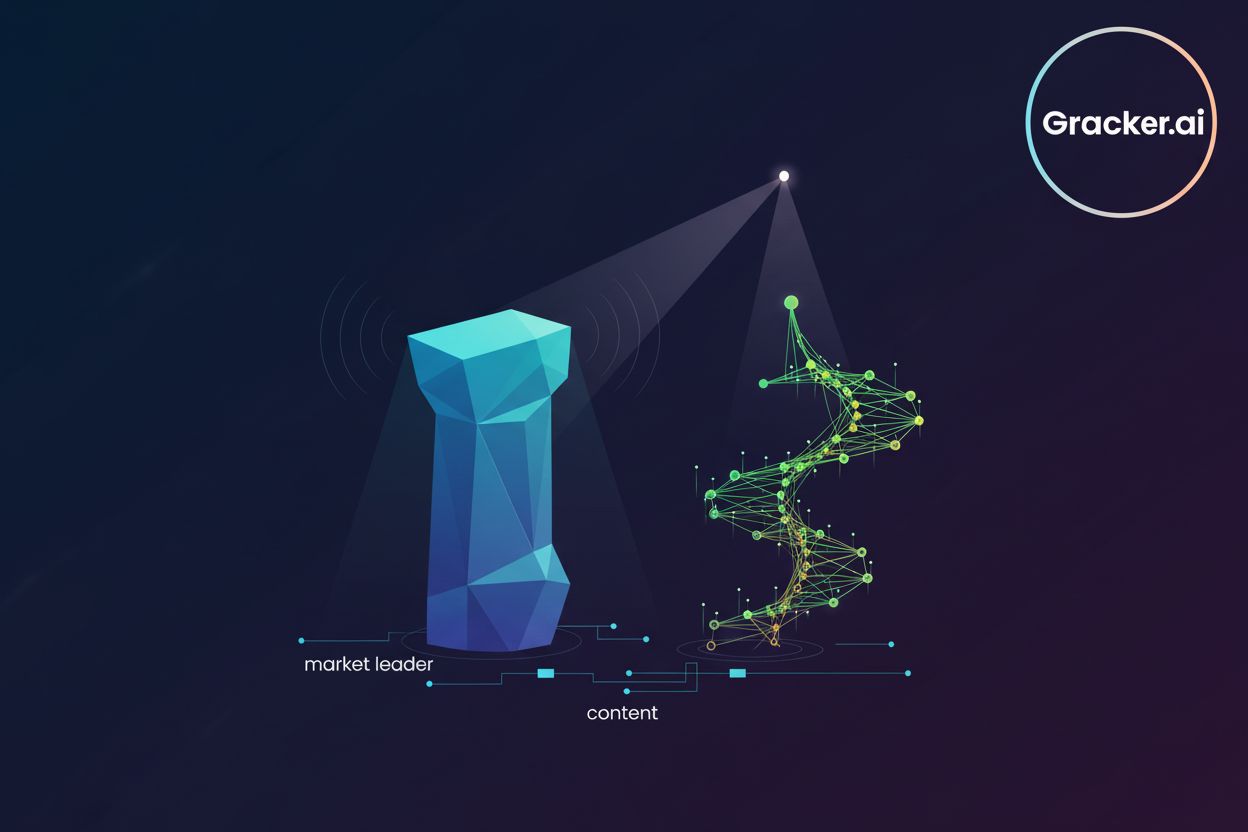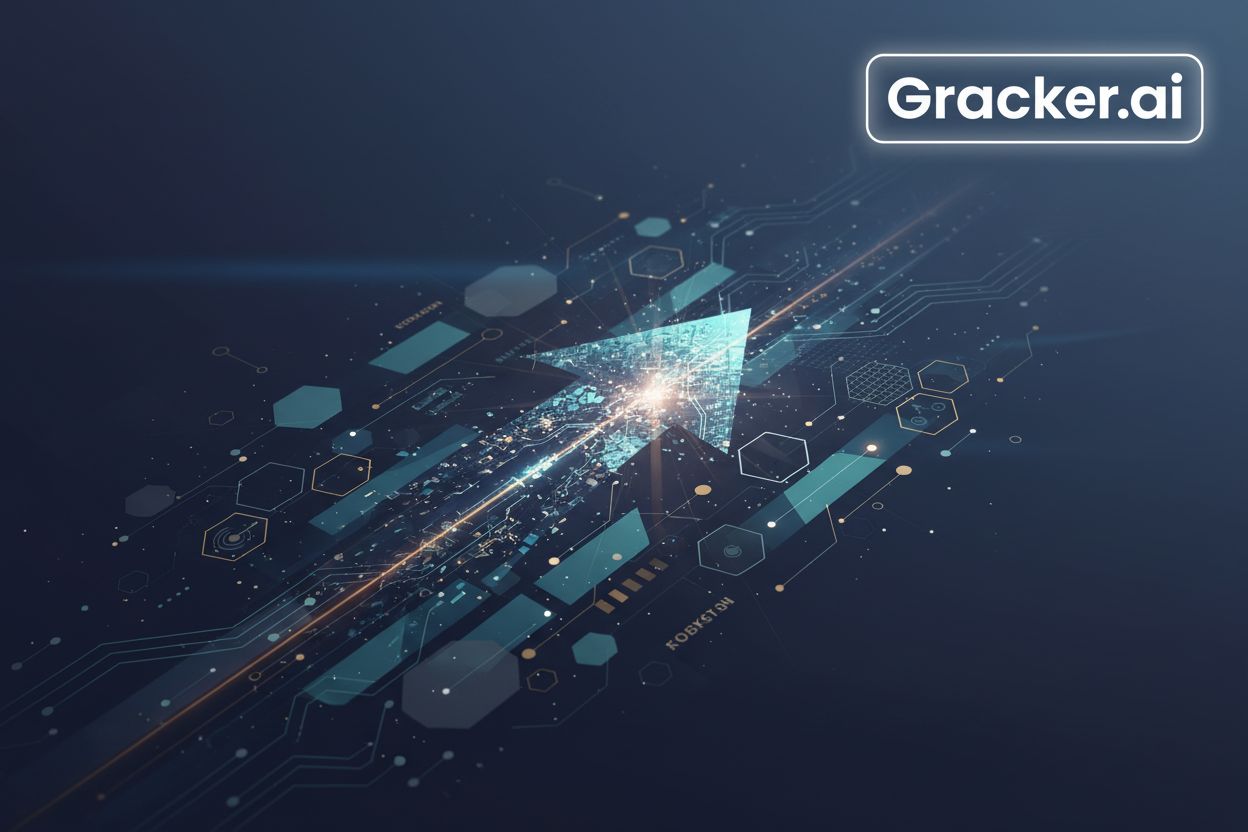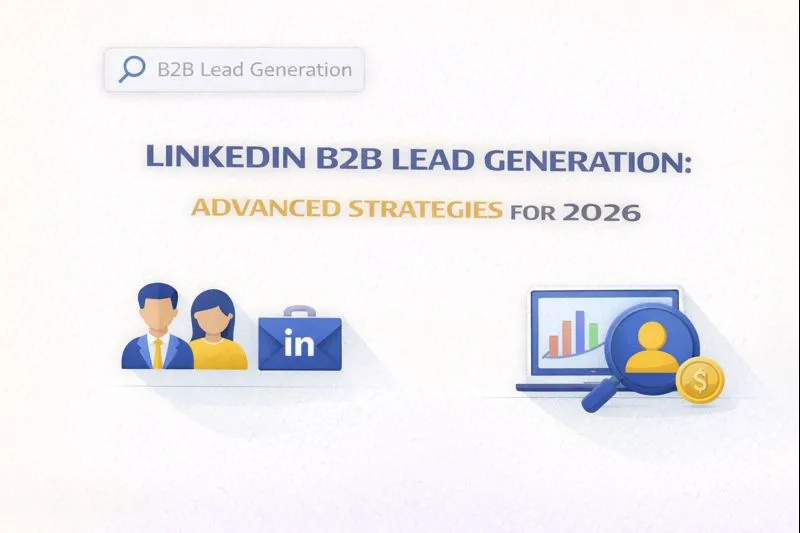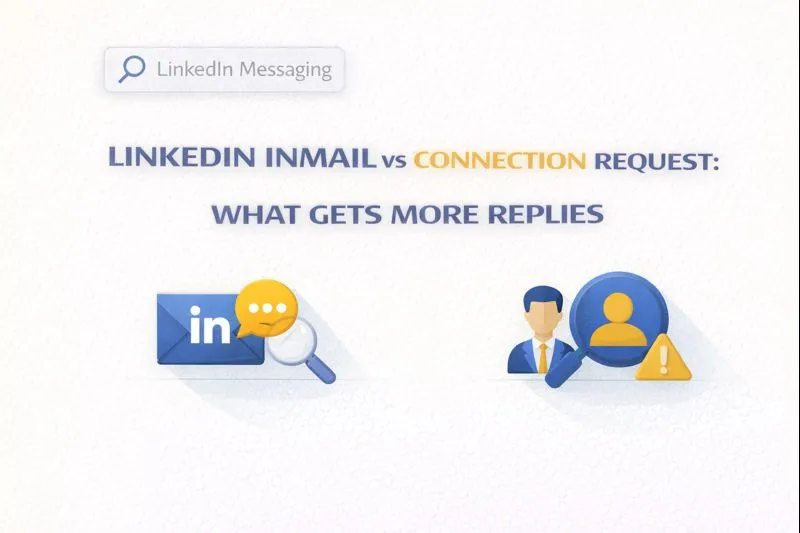How CISOs Can Leverage Threat Intelligence to Stay Proactive
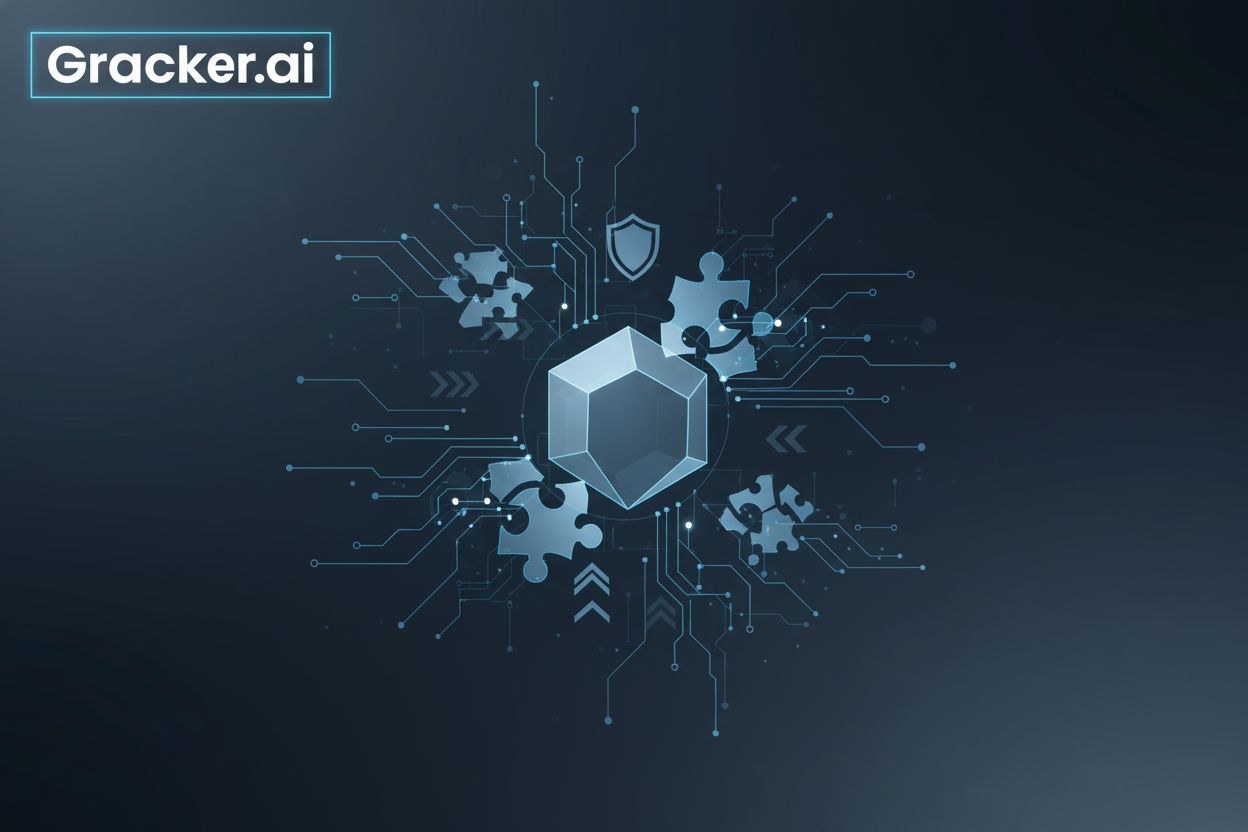

CISOs must adopt a proactive approach to combat evolving cyber threats and leverage threat intelligence to enhance their security posture. The traditional reactive methods are no longer adequate against the dynamic threat landscape. By utilizing threat intelligence, CISOs can anticipate risks and prioritize resources effectively. Integrating threat intelligence into security strategies allows CISOs to understand adversaries' tactics and identify vulnerabilities before exploitation. This shift from a reactive to a proactive stance significantly reduces organizational risk exposure and aligns cybersecurity with business resilience.
Implementing an Effective Threat Intelligence Program
Establishing a successful threat intelligence program requires aligning objectives with the organization’s unique risk profile and business goals. Key steps include:
Requirements Definition: Clearly define what intelligence is needed and who will utilize it.
Data Collection: Gather data from internal logs, commercial feeds, industry sharing communities, and open-source platforms.
Processing and Analysis: Filter and validate raw data to create actionable intelligence.
Dissemination: Provide intelligence in formats suitable for various stakeholders.
Feedback and Improvement: Continuously assess and refine the program based on effectiveness and evolving threats.
Integration with existing security operations, like SIEM and SOAR, is crucial for automating detection and response.
Measuring Success and Securing Executive Support
To demonstrate the value of threat intelligence programs, CISOs must establish meaningful metrics that align with business objectives. Key focus areas include:
Risk Reduction: Track how intelligence leads to preventive actions like blocking malicious domains.
Business Alignment: Show how intelligence-driven security supports regulatory compliance and protects customer trust.
Effective communication with executive leadership is essential. By translating technical findings into business language, CISOs can foster a culture of security and secure ongoing support for intelligence initiatives.
The CISO’s Role In Ensuring Compliance Amid Evolving Cyber Threats
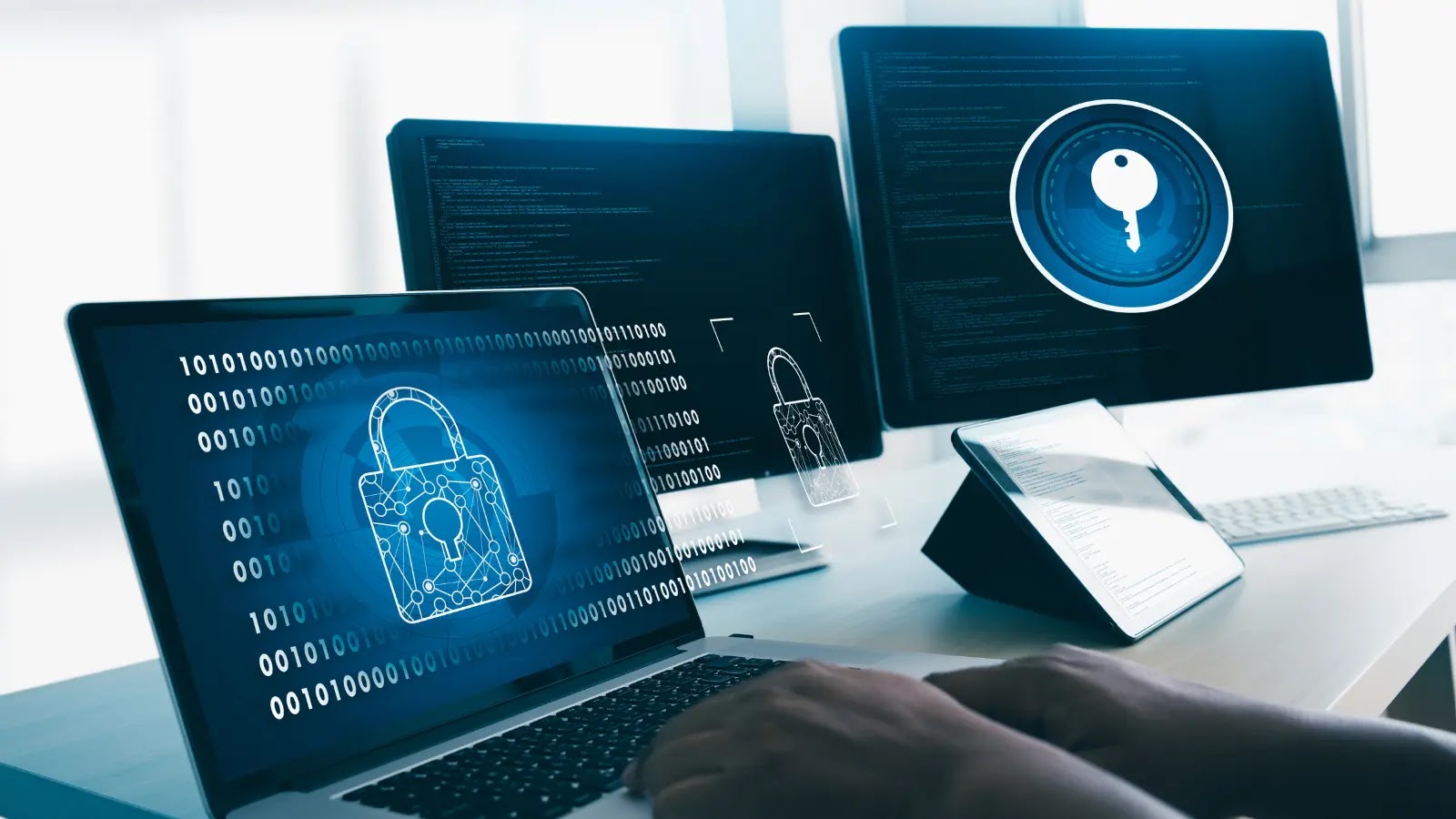
CISOs are increasingly tasked with ensuring compliance within a rapidly evolving regulatory environment that parallels growing cyber threats. The CISO's responsibilities extend beyond traditional IT security to encompass strategic oversight and risk management. With regulations like the GDPR and NIST CSF demanding meticulous attention, CISOs must reconcile security and compliance effectively. They face the challenge of achieving regulatory certification while maintaining robust security measures, often grappling with a compliance paradox. Adopting risk-driven frameworks that prioritize controls based on continuous threat intelligence and risk profiles can enhance compliance efforts. The NIST Cybersecurity Framework and CIS Critical Security Controls provide methodologies for aligning compliance with proactive security strategies.
Embracing Risk-Driven Security Frameworks
Risk-driven frameworks help CISOs identify, assess, and mitigate cyber risks while meeting regulatory requirements. By implementing structured security controls, organizations can focus on addressing probable attack vectors, ensuring that security investments yield significant returns.
Leveraging Automation And Continuous Monitoring
As regulations become more complex, CISOs can utilize automation and continuous monitoring to streamline compliance and enhance security visibility. Automated tools for data mapping and classification ensure that organizations track sensitive information, while continuous monitoring provides real-time alerts for potential compliance violations. In this context, understanding what is IP analysis against fraud can help CISOs detect suspicious login patterns and unusual network behaviors early, strengthening their ability to prevent fraud before it escalates.
Building A Culture Of Compliance And Resilience
Achieving compliance requires a holistic approach that encompasses people, processes, and technology. Promoting cross-departmental collaboration is vital for aligning policies with regulatory requirements. Regular training is essential for equipping employees to recognize and respond effectively to potential threats.
Proactive Cybersecurity Strategies to Guard Against Tomorrow’s Threats Today
CISOs must implement proactive strategies to safeguard their organizations against future cyber threats. Key actions include:
Know Your Critical Assets: Maintain a comprehensive inventory of critical data to prioritize security efforts.
Focus on Effective Tools: Align technology with organizational goals rather than chasing the latest trends.
Proactive Planning: Develop a multi-faceted recovery strategy that integrates all business units.
Real-Time Monitoring: Transition to dynamic controls that allow for continuous threat adaptation.
Leverage AI: Utilize AI to automate processes and enhance oversight.
Collaborate Across Teams: Integrate cybersecurity with business objectives for shared responsibility.
By adopting these strategies, CISOs can enhance their organizations' resilience against evolving threats.
How CISOs Can Leverage AI in Cyber Security

AI has emerged as a critical tool for CISOs in strengthening cybersecurity measures. AI-driven systems provide several advantages over traditional methods, such as:
Speed and Scalability: AI can analyze vast datasets at incredible speeds, allowing for real-time threat detection.
Predictive Analysis: AI algorithms predict potential threats based on data patterns.
Continuous Learning: AI adapts to new threats automatically, ensuring ongoing effectiveness.
Automated Responses: AI can initiate immediate responses to detected threats without human intervention.
Behavioral Analysis: AI understands normal behavior, detecting deviations that indicate threats.
Real-world examples illustrate AI's effectiveness, from fighting spam to automated malware detection. The NST Assure Continuous Threat Exposure Management (CTEM) platform exemplifies how AI enhances threat identification and cyber defense actions. CISOs are encouraged to utilize AI-driven solutions like NST Assure CTEM to transition from reactive to proactive security postures. For organizations looking to transform their cybersecurity marketing strategy, GrackerAI offers AI-powered tools that help identify emerging trends and monitor threats, enabling marketing teams to create timely and relevant content for cybersecurity professionals. Explore how GrackerAI can elevate your cybersecurity marketing efforts today!
Latest Cybersecurity Trends & Breaking News
System Intrusions Drive Majority of APAC Breaches Rethinking Security in the AI Era


